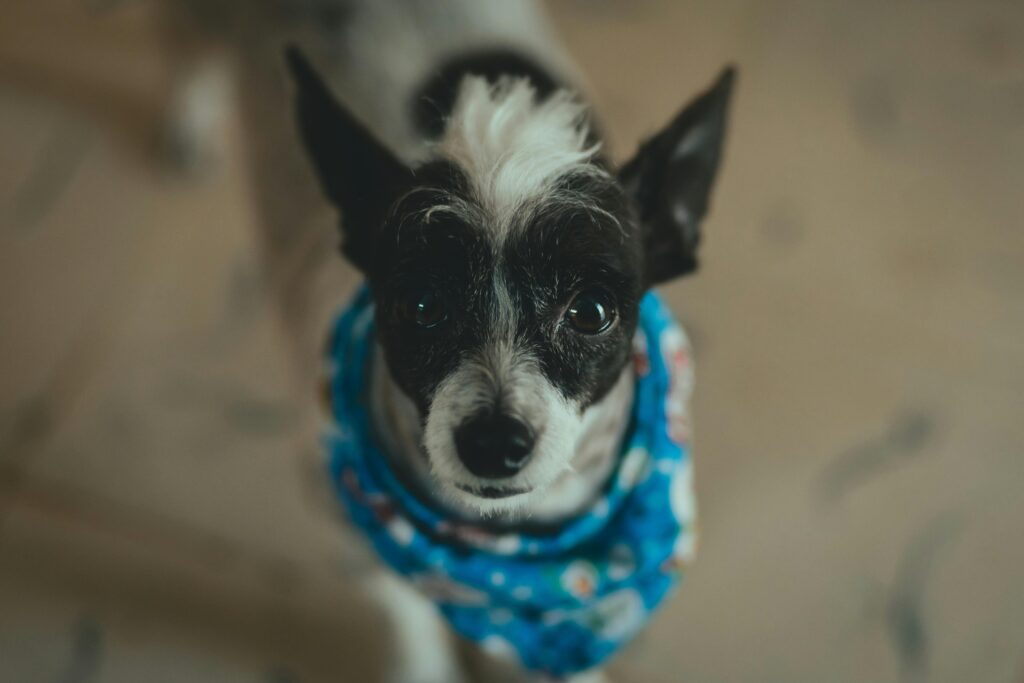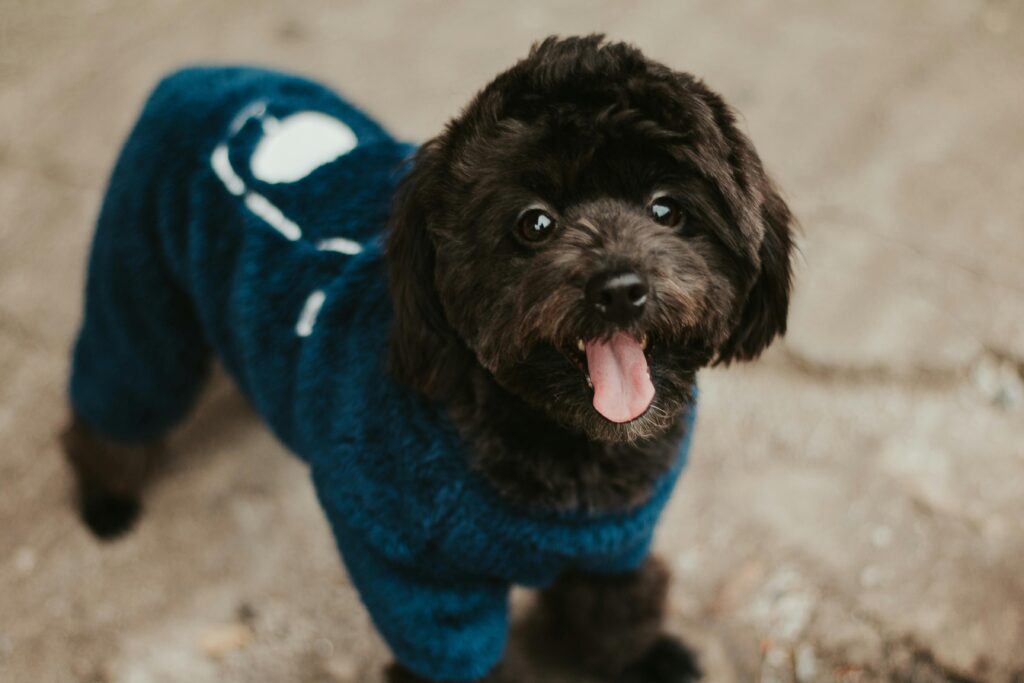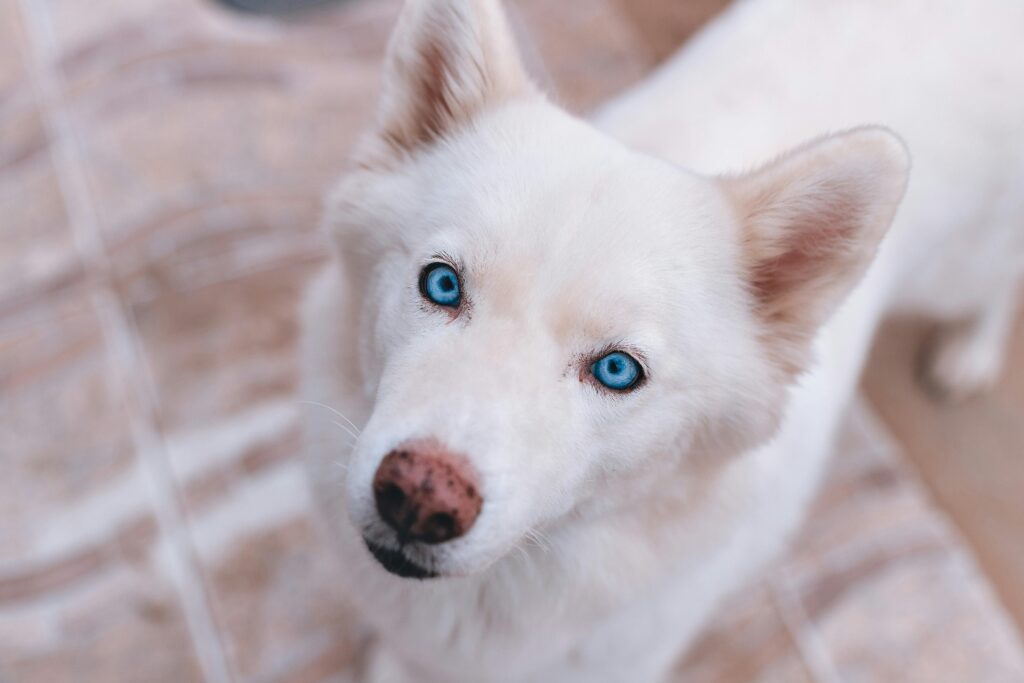
puppies’ eyes change color development is an enchanting process full of surprises, and one of its most captivating aspects is the evolution of eye color. This transformation, subtle yet striking, reveals much about a puppy’s growth and genetic heritage. Understanding the stages of this change allows pet owners to care for their little companions with greater insight and wonder.
The Beginning: Birth to Two Weeks
Newborn puppies arrive in the world with tightly shut eyes, a protective feature that shields their underdeveloped vision. For the first 10 to 14 days, they navigate their surroundings without sight. During this phase, their eyes are uniformly blue, a result of minimal melanin in the iris. While charming, this hue is temporary and marks just the beginning of their visual development.
Highlights:
- Sealed Eyes: A safeguard for their immature vision.
- Initial Hue: The soft blue shade reflects low pigment levels.
The Unveiling: Two to Four Weeks
Around two weeks of age, puppies begin to open their eyes, offering their first glimpses of the world. This stage reveals their initial eye color, a misty and pale blue. Though visible, their vision remains fuzzy, and the iris lacks significant melanin. These early weeks are crucial as their eyes gradually adjust to light and shapes.
Developmental Insights:
- Eye Color: A hazy, light blue.
- Vision: Limited clarity, improving day by day.
The Shift: Four to Eight Weeks

From four to eight weeks, changes in eye color become noticeable. As melanin production ramps up, the blue hue may deepen or transition to shades of brown, amber, green, or a richer blue. This period is a visual symphony influenced by genetics, health, and nutrition.
Influential Factors:
- Genetics: The primary determinant of final eye color.
- Melanin Levels: More melanin leads to darker eyes, while less melanin results in lighter tones.
- Diet and Health: Proper nutrition fuels melanin production and overall eye health.
Timeline:
- Early changes may appear by week six.
- The transformation often extends to three or four months of age.
The Final Look: Eight to Sixteen Weeks
By the time a puppy reaches 10 to 16 weeks, its eye color is usually set. However, in some cases, the process continues until the six-month mark. Breeds with unique genetic traits often showcase extraordinary eye colors. For instance:
- Siberian Huskies: Retain striking blue eyes or heterochromatic combinations.
- Australian Shepherds: Exhibit blue, amber, or even two distinct colors.
- Labrador Retrievers: Develop warm brown eyes as a standard.
Late Bloomers:
Some puppies—particularly those with specific genetic traits—may take longer to reach their final eye color. This extended timeline is entirely natural.
What If Eye Color Stays Blue?
Occasionally, puppies’ eyes change color may retain their blue color or change only slightly. Genetic factors and certain conditions can influence this. For example:
- Albinism: Results in very light blue or reddish-tinted eyes due to pigment absence.
- Merle Gene: Produces a spectrum of colors, often creating mesmerizing, partial pigmentation patterns.
If you observe abnormalities like persistent cloudiness or discomfort, consulting a veterinarian is essential.
Nurturing Eye Health
Supporting your puppy’s eye development ensures they grow into their best selves. Here’s how:
- Cleanliness: Gently clean around their eyes with a soft, damp cloth to remove debris.
- Balanced Diet: Provide meals rich in vitamins A and E to support vision and pigment production.
- Veterinary Care: Regular checkups can catch potential issues early.
- Safety Measures: Keep hazardous objects and chemicals away from your puppy’s reach.
Diagram: puppies’ eyes change colorTransition Timeline
gantt
title Puppy Eye Color Transition Timeline
dateFormat YYYY-MM-DD
section Birth to 2 Weeks
Eyes closed, underdeveloped vision :done, milestone, s1, 2024-01-01, 14d
section 2 to 4 Weeks
Eyes opening, pale blue color :active, s2, after s1, 14d
section 4 to 8 Weeks
Color transition begins :s3, after s2, 28d
section 8 to 16 Weeks
Final color develops :s4, after s3, 56dConclusion
The transformation of puppies’ eye color is a blend of biology, genetics, and growth. From their first cloudy blue gaze to their final, vibrant hue, every stage is a testament to the wonders of life. By understanding the timeline and factors involved, pet owners can nurture their puppies with care and marvel at the beauty of this journey. If concerns arise, timely veterinary advice ensures your puppy’s eyes remain as healthy as they are captivating.



